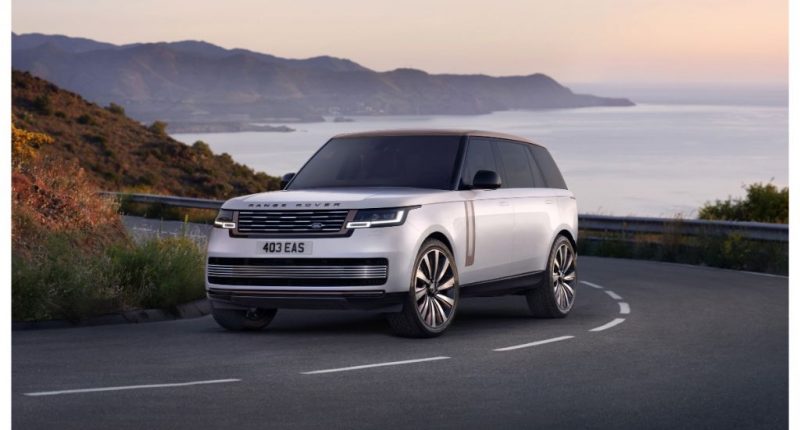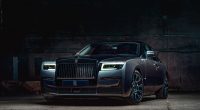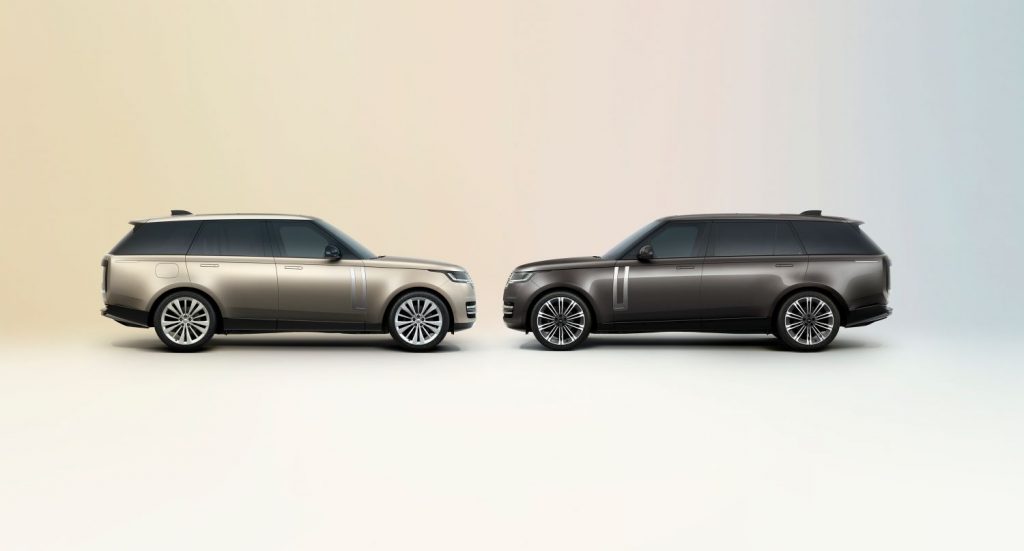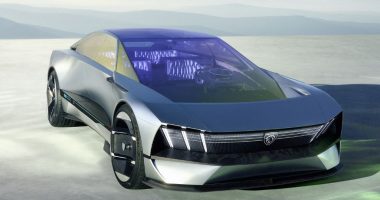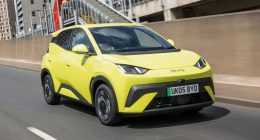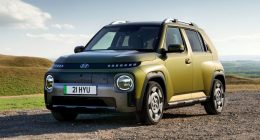The next generation Range Rover is being touted as “the most desirable ever created” in its 50-year history by the man who penned the evolutionary new design for the premium Sports Utility Vehicle.
Built on Jaguar Land Rover’s Modular Longitudinal Architecture (MLA-Flex), Gerry McGovern says the Mk5 breaks new ground for the Range Rover while remaining true to its ancestors thanks to trademark features.
Revealed to the world at a special event in London within the last few minutes, the go anywhere vehicle inherits the same falling roofline, strong waistline and rising sill line that have become synonymous with the British nameplate.
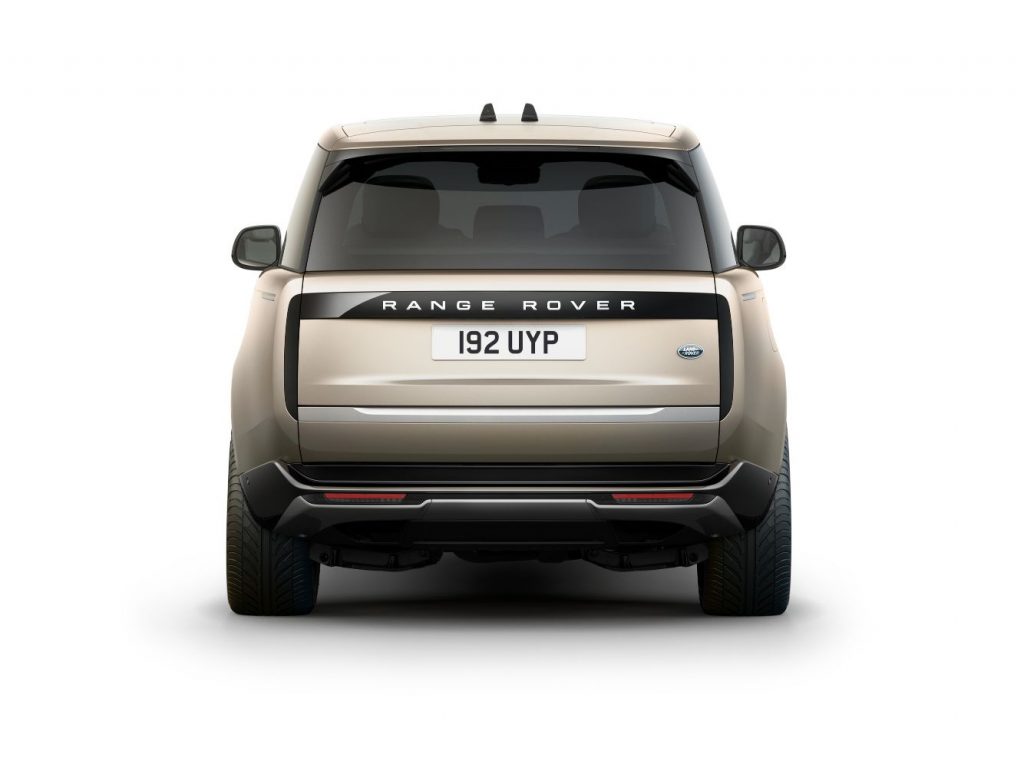
It retains the classic short front overhang, upright windscreen and boat tail rear where, arguably, the most noticeable changes are to be found. Whereas the nose retains similar-shaped headlights that once again extend into the grille like the out-going model, the stacked tail-lights of before are now encased in a single gloss black panel.
Getting this element correct was critical to the success of the design, the firm said, adding: “The way the lights are integrated with the overall form of the vehicle will become a Range Rover signature.”
Test and development work has taken those engineers assigned to the new Range Rover project from the coldest depths of Sweden to the warmest climates of Dubai and closer to home at JLR’s principal engineering centre at Gaydon in England.
Available either as a short or long wheelbase vehicle, the firm’s range-topping model comes with four, five and seven-seats, with a battery-powered model set to join the family within the next three years.
Before then, the engine portfolio is made up of two plug-in hybrid 3-litre, six-cylinder turbo diesels, a 3-litre, six-cylinder PHEV petrol and a twin-turbo, 4.4-litre V8 petrol that is also zero-emission capable. Buyers also have a choice of the same six-cylinder turbo petrol and diesel units with 48-volt mild hybrid assistance, with all powertrains married to an 8-speed ZF automatic gearbox incorporating low-range ratios for towing and low-speed off-roading.
Packaged into the floor, the 38.2kWh battery powers a 105kW electric motor that can take the Range Rover up to 50 miles on a full charge. Using 50kW rapid charging, the cells can be topped up from zero to 80% in less than an hour making it one of the fastest charging PHEVs today, Land Rover claims. Using a domestic 7.2kW wall box supply will allow owners to achieve a full charge in around five hours.
Other firsts for the Range Rover, which is sold in ‘SE’, ‘HSE’, ‘Autobiography’, limited-run ‘First Edition’ and newly-introduced ‘SV’ – include ‘Integrated Chassis Control’ and ‘Dynamic Response Pro’. In tandem with the four-wheel steering, the systems promises “supreme ride comfort” by using electronic air suspension that uses live data from the car’s navigation system to “prime the vehicle for corners”.
An anti-roll system prevents excessive body roll under hard cornering and standard all-wheel steering turns the rear wheels by up to seven degrees in the opposite direction to the fronts at low speeds to deliver a turning circle almost equal to a hatchback. When travelling at higher speeds, the rear wheels turn in the same direction as the front two for improved stability and faster responses.
Advances have also been made with the Range Rover’s adaptive lighting. It allows full beam all of the time by casting sixteen ‘shadows’ in the path of the oncoming vehicle to prevent dazzling the driver. Bends, corners and junctions identified by the sat-nav is taken and combined with the vehicle’s speed to adjust the headlamps’ intensity and tailor the beam pattern for country, city or highway driving.
Inside the Range Rover, it’s very much business as usual. Customers are being offered a wide choice of materials, from leather to sustainable and environmentally friendly trim such as a wool blend mix for the seats and door armrests. There’s a touch sensitive multifunction steering wheel, wooden trim and plush seats, which are both electrically adjustable and heated. As an optional extra, Land Rover offers a panoramic glass sunroof.

Land Rover’s new configurable 13.7-inch digital gauge cluster is joined by a 13.1-inch touchscreen that appears to float on the centre of the dash. Running the company’s ‘Pivi Pro’ software, it boasts HD graphics, a configurable layout, and wireless streaming of media on Apple and Android devices. Over-the-air updates should ensure the infotainment package keeps up with constant technological change, meanwhile.
A small pane beneath this is home to shortcut options for the heating and ventilation, with the driver and passenger operating the temperature and seat temperature settings via two knurled knobs. In front of this is the gear selector, a stop/start button, radio volume dial and button to activate ‘Terrain Response 2’.
On road, the Range Rover guarantees to “deliver serene cabin calmness” and “one of the quietest vehicle interiors on the road”. It achieves this in conjunction with the 1,600-watt Meridian stereo that works with the car’s ‘Active Noise Cancellation’ system.
Everyday disturbances such as wheel vibrations, tyre noise and engine sounds are countered by a signal that is relayed through the 35 onboard speakers, including the two that are found within each headrest.
‘SV’ models – the work of Jaguar Land Rover’s in-house Special Vehicle Operations arm – introduces an electrically deployable ‘Club Table’ in four-seat guise and electrically deployable cup holders that accompany crystal glasses stored in the integrated refrigerator between the rear seatbacks.
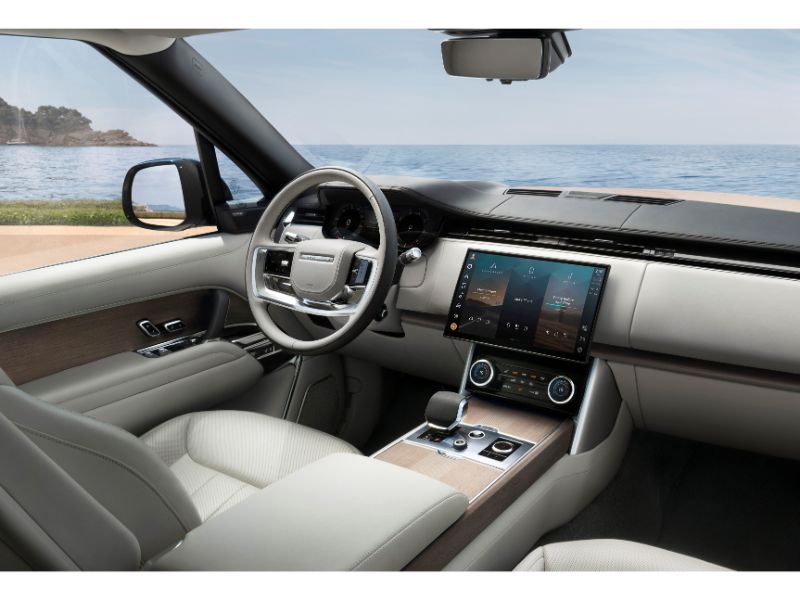
The extraordinary attention to detail stretches to a powered refrigerator door which, when opened via the hand-held rear seat touchscreen, reveals a compartment big enough to accommodate a champagne bottle.
Michael van der Sande, the Managing Director of Special Vehicle Operations, said: “With more choice than ever before, our customers will be able to create a new Range Rover SV that really reflects their personality, their dreams, their desires. That is how we interpret modern luxury.”
Order books for the latest Range Rover are now open, with prices starting from £94,400 for the entry-level ‘SE’ in short wheelbase diesel form, rising to £137,800 for the V8-powered five-seat ‘First Edition’. The asking price for ‘SV’ models will by Land Rover in due course, although they are expected to carry a premium over the rest of the line-up.
The first deliveries won’t take place until Spring 2022 at the earliest.
